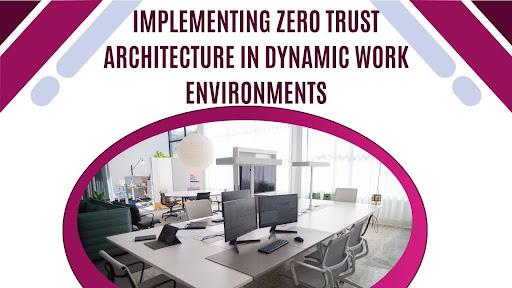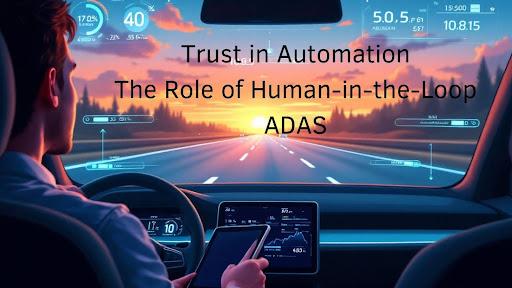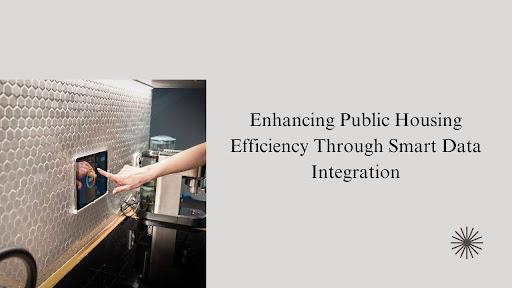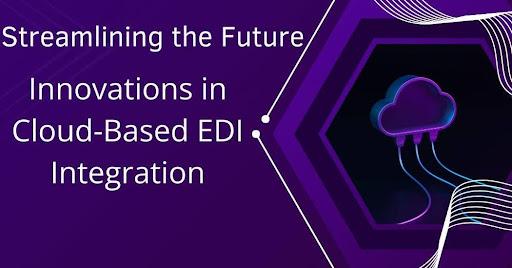As modern workplaces continue to evolve, traditional security models are proving inadequate in protecting organizational assets from evolving cyber threats. Ravi Sastry Kadali, a researcher specializing in cybersecurity frameworks, explores the implementation of Zero Trust Architecture (ZTA) in distributed workforce environments, highlighting how organizations can strengthen security through continuous authentication.
The Shift from Perimeter-Based Security
Traditional security models relied on perimeter-based defenses, assuming that anything inside the corporate network was trustworthy. However, with the rise of remote work and cloud computing, the boundaries of corporate networks have dissolved. Zero Trust Architecture enforces a “never trust, always verify” approach, requiring authentication.
Core Principles of Zero Trust
Continuous Authentication
Unlike conventional authentication, which grants access after a single login, ZTA continuously verifies user identities throughout the session. AI-driven behavioral analytics assess risk factors such as login time, location, and device health to dynamically adjust access permissions. Organizations implementing continuous authentication report a 74% reduction in unauthorized access incidents.
Least Privilege Access
ZTA enforces least privilege access, ensuring users only have permissions necessary for their roles. This minimizes the attack surface and reduces the potential damage from compromised credentials. Studies show that implementing least privilege access lowers insider threat risks by 55% and prevents privilege escalation attacks.
Micro-Segmentation for Enhanced Security
Micro-segmentation divides networks into isolated zones, restricting lateral movement for attackers. This approach contains potential security breaches, preventing them from spreading across the infrastructure. Organizations using micro-segmentation have reduced data breach costs by an average of $1.51 million per incident.
Implementing Zero Trust in Enterprise Environments
Identity and Access Management (IAM)
IAM solutions are the foundation of Zero Trust, managing digital identities across the organization. These systems integrate multi-factor authentication (MFA), role-based access control (RBAC), and behavioral analytics to ensure secure access. Enterprises using advanced IAM frameworks experience a 63% improvement in access control efficiency.
Endpoint Security and Device Trust
With the increasing use of personal devices in corporate environments, ZTA requires continuous monitoring of device security posture. Endpoint Detection and Response (EDR) tools scan for vulnerabilities, enforce security policies, and block unauthorized devices. Implementing device trust verification has reduced security incidents by 48% in remote work environments.
Secure Network Access with Zero Trust Network Access (ZTNA)
ZTNA replaces traditional VPNs with software-defined perimeters that grant access only to verified users and devices. By enforcing strict access control, ZTNA reduces the attack surface and prevents unauthorized movement within networks. Enterprises adopting ZTNA have reported a 69% improvement in security posture.
Addressing Challenges in Zero Trust Implementation
Complexity of Integration
Transitioning from traditional security models to ZTA requires significant architectural changes. Organizations must carefully plan their Zero Trust adoption, integrating IAM, MFA, and micro-segmentation incrementally to minimize disruptions.
Balancing Security and User Experience
While ZTA strengthens security, excessive authentication prompts can frustrate users. Implementing adaptive authentication, which adjusts security measures based on contextual risk factors, ensures a balance between security and usability.
Future Trends in Zero Trust
AI-Driven Security Automation
Machine learning enhances ZTA by detecting anomalies in real time, automating threat response, and adapting access policies dynamically. AI-powered Zero Trust solutions have improved threat detection accuracy by 82%.
Expanding Zero Trust to IoT and Edge Computing
With the rise of IoT devices and edge computing, Zero Trust frameworks are evolving to secure endpoints. Future ZTA models will incorporate blockchain-based identity verification and decentralized authentication to strengthen security.
In conclusion, Ravi Sastry Kadali‘s research underscores the growing importance of Zero Trust Architecture in securing modern work environments. By implementing continuous authentication and least privilege access, organizations can fortify their security posture against evolving cyber threats. As AI-driven automation and decentralized security solutions emerge, Zero Trust will shape the future of enterprise cybersecurity.







